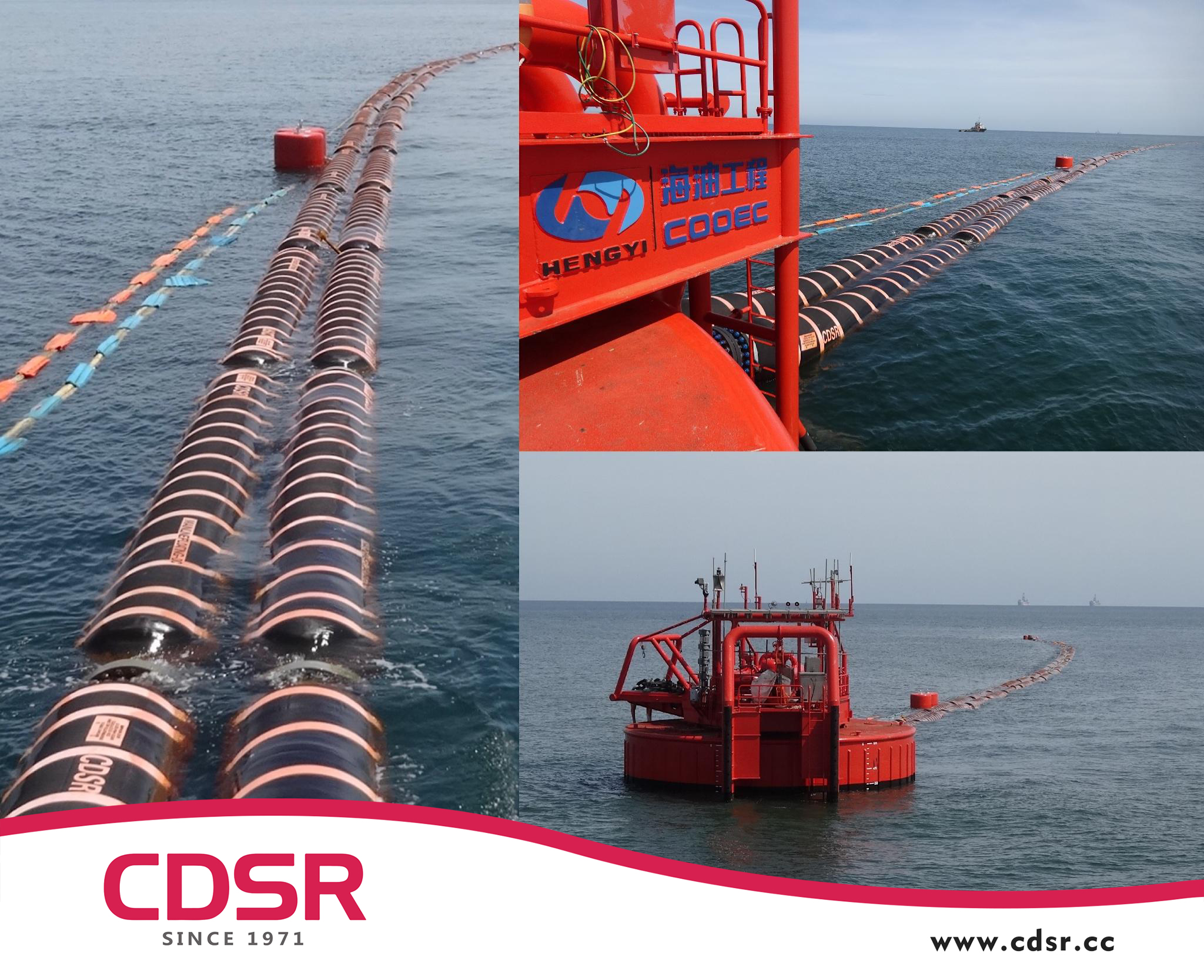Giacimenti di petrolio e gas - Sono grandi, costosi e rappresentano una parte vitale dell'economia globale. A seconda dell'ubicazione del giacimento, i tempi, i costi e la difficoltà di completamento di ogni fase variano.
Fase di preparazione
Prima di iniziare lo sviluppo di un giacimento di petrolio e gas, è essenziale un'indagine e una valutazione approfondite. Un metodo comunemente utilizzato per l'esplorazione di risorse petrolifere e di gas, il rilevamento sismico, prevede l'invio di onde sonore nelle rocce, in genere utilizzando un vibratore sismico (per l'esplorazione a terra) o un cannone ad aria compressa (per l'esplorazione offshore). Quando le onde sonore penetrano nelle formazioni rocciose, parte della loro energia viene riflessa dagli strati rocciosi più duri, mentre il resto dell'energia continua in profondità negli altri strati. L'energia riflessa viene ritrasmessa e registrata. Il personale addetto all'esplorazione formula quindi ipotesi sulla distribuzione del petrolio e del gas naturale nel sottosuolo, determina le dimensioni e le riserve dei giacimenti di petrolio e gas e ne studia la struttura geologica. Inoltre, è necessario valutare l'ambiente superficiale e i potenziali fattori di rischio per garantire la sicurezza del processo di sviluppo.
Il ciclo di vita di un giacimento di petrolio e gas può essere suddiviso in tre fasi:
Fase di avviamento (da due a tre anni): in questa fase, il giacimento di petrolio e gas inizia appena a produrre e la produzione aumenta gradualmente man mano che procedono le trivellazioni e vengono costruiti gli impianti di produzione.
Periodo di altopiano: Una volta stabilizzata la produzione, i giacimenti di petrolio e gas entreranno in una fase di plateau. Durante questa fase, la produzione rimane relativamente stabile e questa fase durerà dai due ai tre anni, a volte più a lungo se il giacimento di petrolio e gas è più grande.
fase di declinoDurante questa fase, la produzione dei giacimenti di petrolio e gas inizia a diminuire, solitamente dall'1% al 10% all'anno. Al termine della produzione, nel sottosuolo rimangono ancora grandi quantità di petrolio e gas. Per migliorare il recupero, le compagnie petrolifere e del gas utilizzano tecniche di recupero avanzato. I giacimenti di petrolio possono raggiungere tassi di recupero compresi tra il 5% e il 50%, mentre per i giacimenti che producono solo gas naturale, questo tasso può essere più elevato (dal 60% all'80%).
Fase di trasporto
Questa fase comprende i processi di separazione, purificazione, stoccaggio e trasporto del petrolio greggio. Il petrolio greggio viene solitamente trasportato agli impianti di lavorazione tramite oleodotti, navi o altri mezzi di trasporto, dove viene trattato e lavorato in modo appropriato e infine immesso sul mercato.
L'importanza ditubi mariniNel processo di estrazione del petrolio, non si può ignorare il loro ruolo. Possono trasportare efficacemente il petrolio greggio tra strutture offshore (piattaforme, punti di raccolta, ecc.) e PLEM (sistemi di monitoraggio e monitoraggio dei fondali marini) o petroliere, migliorando l'efficienza del trasporto del petrolio greggio e garantendo sicurezza e tutela ambientale.

Dismissione e abbandono
Quando le risorse di un pozzo petrolifero si esauriscono gradualmente o il ciclo di sviluppo termina, sarà necessario procedere alla dismissione e all'abbandono del pozzo. Questa fase include lo smantellamento e la pulizia degli impianti di perforazione, lo smaltimento dei rifiuti e il ripristino ambientale. Durante questo processo, è necessario rispettare rigorosamente le leggi e le normative ambientali per garantire che il processo di smaltimento dei rifiuti non abbia un impatto negativo sull'ambiente.
Data: 21 maggio 2024





 中文
中文